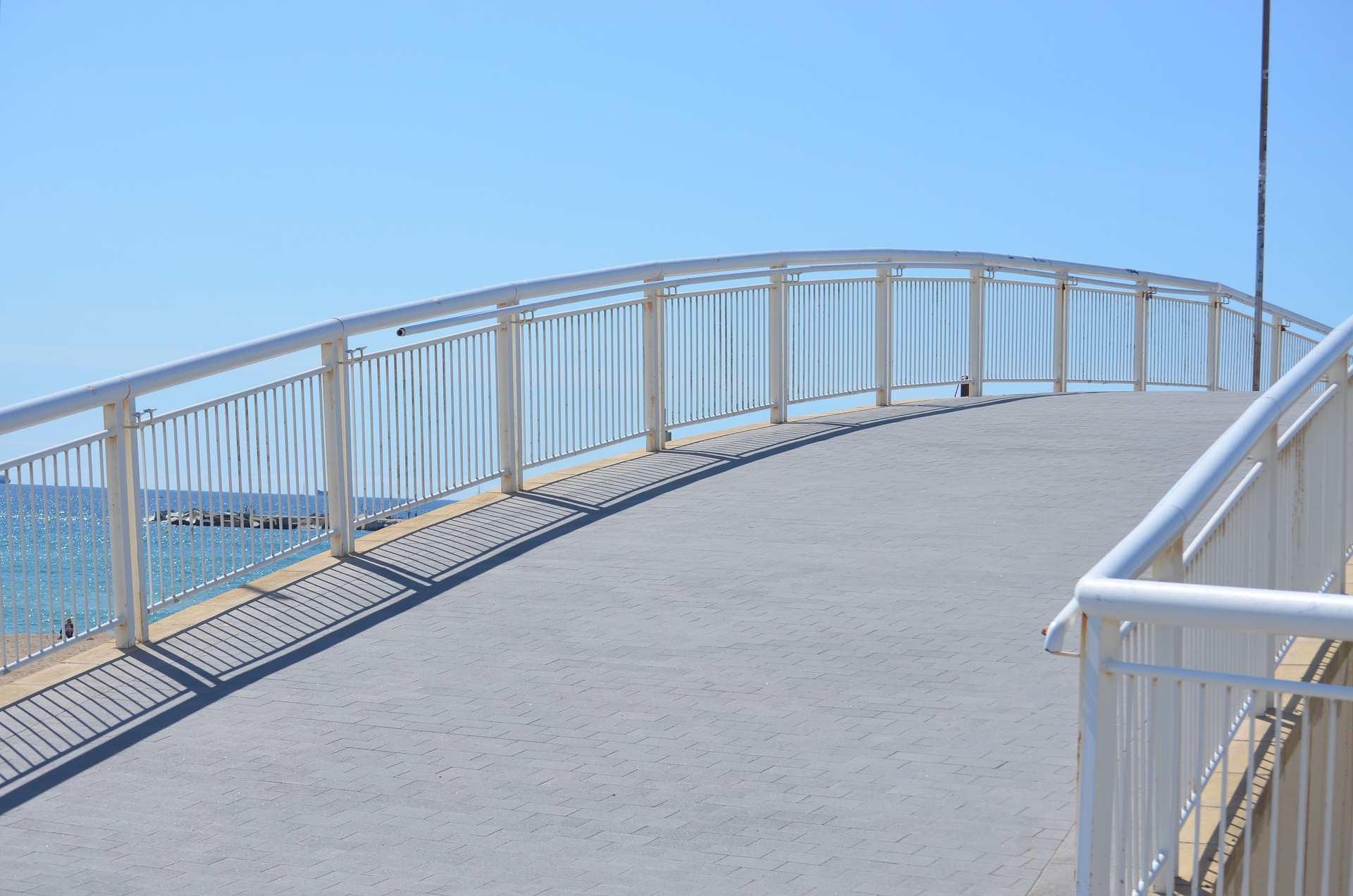The consumption of cement in Catalonia in the month of February registered a fall of 6%. With this figure, the accumulated consumption of the year increases by 0.2%, standing at 0.36 million tons, with which the moving year rate stands at +3.8% and a volume of 2.35 million tons. tons, an amount clearly insufficient to carry out and maintain the public works and buildings that the country needs. Cement and clinker exports recorded an increase of 6.9% for the year as a whole, which means that their volume in the whole of the last twelve months stands at 1.91 million tons (+9.9%) .
In this context, the recovery expectations of the sector remain negative for the whole of 2023. In the opinion of the president of the Ciment Català employers’ association, Salvador Fernández Capo, “we continue without a determined action to build and maintain the infrastructures on the part of Public Administrations”, which augurs a new year of difficulties. However, the industry reaffirms its commitment to the decarbonisation of the sector, defined in the Roadmap for the Catalan cement industry to achieve climate neutrality by 2050, with specific measures throughout the entire life cycle of cements and of its derived products
To achieve the ultimate goal of a zero carbon footprint, the availability of alternative fuels, mainly biomass, is key for the cement industry. “It is important to increase rates for dumping waste that favors the material and energy use of waste“, explains the president of Ciment Català, since this “would give impetus to our Circular Economy practices, which seek to minimize the consumption of resources materials and energy sources to continue fighting against Climate Change.” This would help Catalonia meet the community objectives of reducing landfilling, which is the final and most negative stage of the waste hierarchy.

